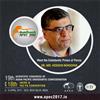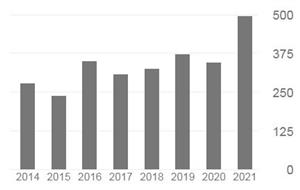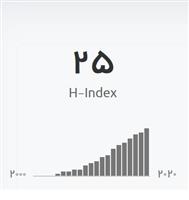Push-Out Bond Strength of Bioceramic Materials in a Synthetic Tissue Fluid
Objective: This study compared the push-out bond strength of EndoSequence Root Repair Material (ERRM) and Bioaggregate (BA), new bioceramic materials, to that of mineral trioxide aggregate (MTA) after incubation in phosphate-buffered saline (PBS), a synthetic tissue fluid, for either 1 week or 2 months.
Materials and Methods: One-hundred and twenty root sections were filled with ProRoot MTA, BA, or ERRM. Each tested material was then randomly divided into two subgroups (n = 20): root sections were immersed in PBS for 1 week or 2 months. The bond strengths were measured using a universal testing machine. Af-ter that, the failure modes were examined with stereomicroscopy and scanning electron microscopy (SEM). The push-out data and failure mode categories were analyzed by two-way ANOVA and chi-square tests, respectively.
Results: The bond strength of ERRM was significantly higher than that of BA and MTA at both incubation periods. No significant difference was found between the bond strength of MTA and BA at either 1 week or 2 months. Increasing the incubation time to 2 months resulted in a significant increase in bond strength of all the materials. The failure mode was mainly mixed for MTA and BA, but cohe-sive for ERRM at both incubation periods.
Conclusion: ERRM had significantly higher bond strength to root canal walls compared to MTA and BA. Increasing the incubation time significantly improved the bond strength and bioactive reaction products of all materials.














